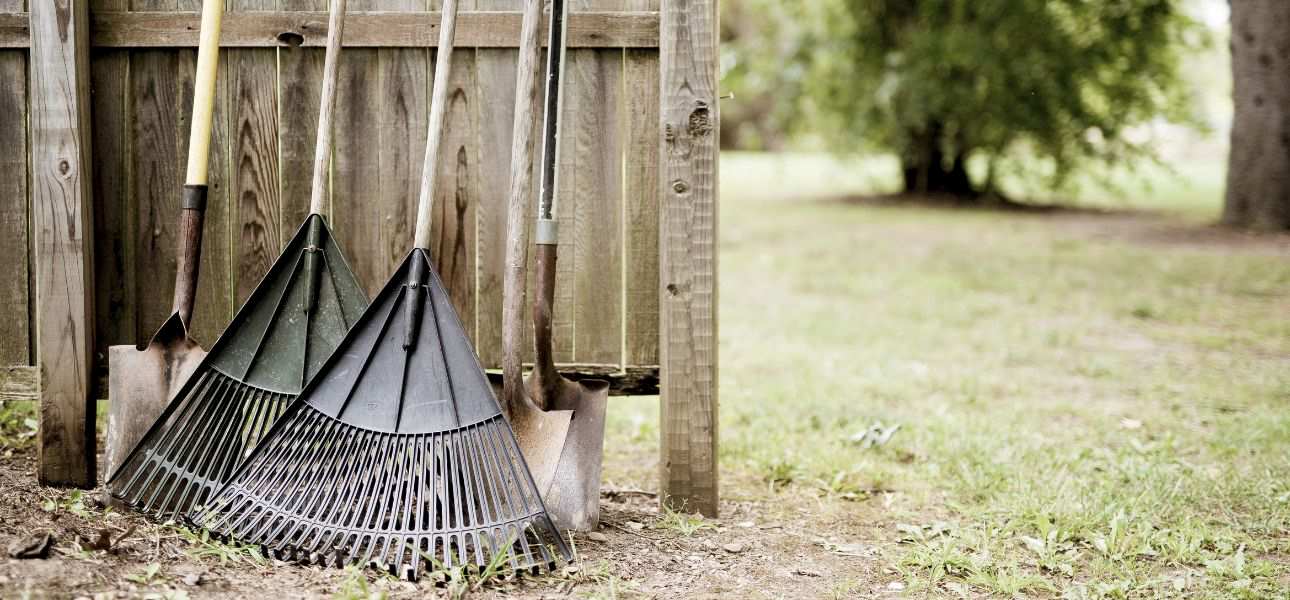What Attracts Insects to Your Lawn?

As the fresh, sweet-smelling spring season approaches, you probably can't wait to go out to your lawn. However, you may soon discover you're not the only one eager to soak up the sun. Flying and crawling insects are also emerging, and while bugs are a natural part of the great outdoors, their presence can be bothersome.
The constant presence of pesky insects in your outdoor spaces can pose health risks and indicate that you may be inadvertently attracting these pests to your property. This highlights the importance of understanding what attracts them and implementing proper lawn care measures to manage their presence.
4 Things that Attract Flying Insects and Bugs to Your Lawn
Insects are outdoor creatures that like to spend time where there is food, water, or shelter. While most insects are harmless and simply a nuisance, some, including mosquitoes and stinging insects are natural predators, posing health and safety risks.
Creating an environment that is desirable to many insects can be as easy as allowing stagnant water to accumulate on your lawn or leaving trash and piles of leaves around. This spring, don't let mosquitoes and other pests hold you back. Take charge of your lawn with these tips from SodPods®, a trusted provider of premium-quality grass repair pods in Florida.

Water
Standing water is one of the biggest attractants for insects, particularly female mosquitoes, which use any available water for breeding grounds. Surprisingly, they can breed in as little as half an inch of standing water. While mosquitoes prefer standing water in the shade, they will use any water source if better options are unavailable.
Common sources of standing water in your lawn include clogged gutters, empty flower pots, leaky hoses, bird baths, and pools, as well as items like old tires, buckets, and discarded cups that can collect water. Pools can also attract hornets and yellow jackets.
However, you should be wary not only of standing water. Running water can also be attractive to insects. For example, black flies lay eggs in moving water, which means water fountains can serve as breeding grounds for these pests. Water is essential for their survival, so even if the insects are not using it as a breeding ground, they will still be drawn to water sources for drinking.
Food Sources
While flowering plants are excellent for attracting pollinating insects like bees, butterflies, and beetles, not all food sources found in your lawn draw beneficial insects. For example, flies, ants, and cockroaches are drawn to decaying organic matter, such as trash and leftovers that may be scattered around your lawn or overflowing from your trash bins.
Open outdoor trash cans with plenty of leftover food not only create breeding grounds but also provide a feast for these insects. Prevent this by cleaning up trash and putting it in sealed bags before placing it in the bins. Use bins that seal tightly and do not easily fall over when knocked. Additionally, clean your garbage cans often to remove any residue that may attract bugs and other pests.
Lighting
Many theories exist as to why flying insects like moths, flies, and beetles are attracted to light, with some of the most popular being that they rely on light sources for navigation or that they are in search of warmth at night.
Regardless of the exact reason, keeping decorative and outdoor lights on even when not needed can also attract these flying insects to your lawn.

Shelter
Many seemingly harmless features in your lawn can also provide shelter that attracts insects like mosquitoes, ticks, flies, and others. An overgrown lawn provides hiding spots for insects. Additionally, debris such as leaf piles, stacked firewood, or unused garden equipment can create dark, warm, and sheltered areas where insects can hide.
Strategies to Manage Insects on Your Lawn
While you cannot completely avoid insects in your lawn, several lawn care measures can help keep their population down. Proper watering and regular mowing contribute to a healthy lawn that is less conducive to pests. Here are some tips on how these practices can help in controlling pests:
- Watering: Water the lawn properly, up to an inch deep, or just until the water reaches the roots of your grass. This is particularly important during the establishment stage, such as when planting new grass plugs. On the other hand, avoid watering too often—excessive moisture can lead to root rot and waterlogging, which attract insects. Read more about the best practices for watering lawns here.
- Dethatching: While a layer of thatch is beneficial for retaining soil moisture, excessive thatch buildup can harbor more damaging lawn pests like chinch bugs, white grubs, mole crickets, and sod webworms.
- Mowing: Mow regularly at the recommended height, which is about 2-2.5 inches for warm-season grasses, to keep them from overgrowing. Tall grass can provide shelter for pests and create favorable conditions for breeding.
- Set Up Mosquito Traps: While you can't completely avoid leaving excess moisture on your lawn, you can take extra precautionary measures like setting up mosquito traps or bug zappers to avoid mosquito bites and control insects in your lawn.

About SodPods®
SodPods® grass plugs offer a convenient and effective solution for maintaining a healthy, green lawn. With faster establishment than seed and lower watering requirements than traditional sod, SodPods® provide a quick and efficient way to achieve a lush lawn. Their fully mature root system makes them easy to plant and adapt quickly to their new environment, significantly reducing the time and effort required for creating or repairing a lawn. Additionally, their well-developed roots enable them to adapt to various soil conditions, ensuring a healthy lawn that is resistant to damaging insects.
Ultimately, SodPods® is an excellent option for homeowners looking to rejuvenate their lawn and enjoy a beautiful, green outdoor space with minimal maintenance.
Visit the SodPods® website today for more lawn care tips and explore a range of farm-fresh warm-season grass plugs for your lawn.


